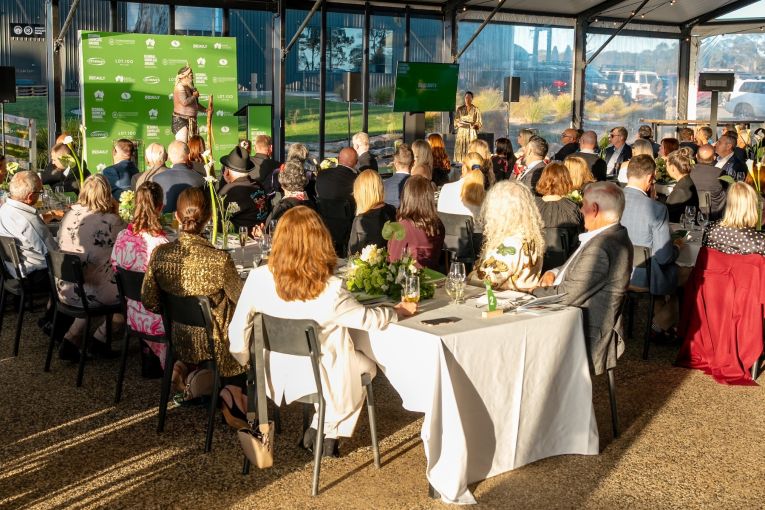Mad Mouse and meeting the Queen: Conlon’s take on Royal Adelaide Show
From a visit by the Queen to a historic performance by The Beatles, the Wayville Showgrounds have seen it all. This Sunday, journey through this fascinating history as the show celebrates 100 years at its iconic location. Click through our photo gallery.








Local history buff and media veteran Keith Conlon and radio presenter Leigh Radford OAM – AKA Captain Rural – have teamed up to tell the fascinating history of the Royal Adelaide Show as it celebrates 100 years at the Wayville Showgrounds.
Taking place on the Goyder Stage, Conlon and Radford use photographs to share the story of the Show and the showgrounds, from the first Royal Adelaide Show held in a pub in 1840 right through to the iconic Big Day Out festival.
The two share how the showgrounds were used by the Australian military during World War II as living quarters for 3000 soldiers, as well as a recruitment, training and storage site.
And then there is the story of aviator Captain ‘Harry’ Butler – the inventor of air mail in South Australia – and his extraordinary appearance at Wayville in 1920.
“He’s taken off and he’s flying and he’s flying and he thinks, ‘Oh goodness, I’ve got to land somewhere’, and then he thought, ‘That’ll do’, and landed on the Wayville flat,” said Conlon.
Conlon tells InDaily the project emerged when The Royal Agricultural & Horticultural Society of SA commissioned him and Radford to create a show “reflecting the rich history, iconic moments, and incredible evolution of the Adelaide Showground over the past century”.
“The two of us thought, ‘Okay, how do you do 100 years in half an hour?’, especially when you chuck in the question at the beginning, which is, ‘Well, if they got to Wayville in 1925, where were they before that?’,” says Conlon
“And so, that’s pretty well a picture of what we’re trying to do, and during the show itself, we use stills to try and take us through the journey the century and before, and also try to pick up what the show is all about, ‘What is the essence of the Royal Adelaide Show and why is it the most successful show in Australia?’
“We’ve maintained very strongly the sense of city and country people meeting at the show and enjoying others’ passions, I suppose, and we talk about this during the show, ‘What are your favourites?’”
Conlon and Leigh conducted their research at the Royal Adelaide Show archives as well as at the State Library of South Australia, with assistance from show archivist Erin Reardon.
Asked what his most enduring memory of the Show is, Conlon says he remembers meeting a young Queen Elizabeth in the 1950s as a nine-year-old boy.
Stay informed, daily
“60,000 of us school kids were shipped into the main arena of Wayville … she spoke to us very nicely and there were lots of the younger primary school girls who were dressed up in lovely yellow outfits and did wattle dances for her,” he said.
Another unforgettable moment was riding the notorious Mad Mouse rollercoaster.
“That is my worst memory of the show by a long, long way, when I was persuaded by a family member to go on it, and it was a one and only event,” he said.








